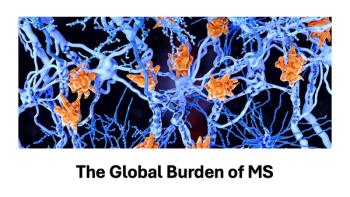
Disease management of the future promises more remote health monitoring
WHEN HUMANS WALKED on the moon during the Apollo era, visionaries were foretelling the development of colonies in outer space. Meanwhile, Earthbound communities experienced explosive growth, producing the modern suburb with its housing developments and urban sprawl.
WHEN HUMANS WALKED on the moon during the Apollo era, visionaries were foretelling the development of colonies in outer space. Meanwhile, Earthbound communities experienced explosive growth, producing the modern suburb with its housing developments and urban sprawl.
Humans continue to spread out, and not all of them find the healthcare services they need in easy reach geographically. The latest visionaries now predict that home health technology is the way of the future, bringing a short list of services out of the doctor's office and into the home environment.
The idea of telemedicine has been on the radar for a long time as a solution to reach rural areas more efficiently, but now as DM comes into the market, it has also evolved to include treatment compliance and behavior modification.
"Chronic heart failure patients are readmitted 2 to 2.5 times per year," says Jay Mazelsky, general manager of the new ventures business unit for Phillips Medical Systems. "Plans and the government average about $20,000 to $25,000 per annum for each patient, so if you deploy a health monitoring DM program to keep them out of the hospital, you have the potential to keep costs down."
Three groups of patient data can be collected with at-home devices: response to assessment questions, such as, "Do you have swelling in your feet?"; response to reminders, such as, "Did you take your medication today?"; and vital signs. The vitals that can be collected currently include weight, blood pressure, pulse rate, pulse oximetry, spirometry, temperature and anticoagulation measurement.
At the hub, software tracks patient trends and stores data, alerting clinicians to readings that fall outside preset parameters. Depending on the monitoring provider, there are several ways that interventions can be carried out, but most often, a nurse or DM specialist will call the patient first, then involve the physician if clinical intervention is needed.
Tim Moore, MD, vice president and chief medical officer for Alere Medical, says when physician review or intervention is required, its monitoring staff issues a one-page fax with the patient's trending graph to the attending physician.
"It's important to have predictive model stratification because we have 13,000 patients across the country now, and we need to make sure patients who have had symptom issues or weight deviations outside the parameters come up to the top of the list for the nurse to review first," Dr. Moore says.
He says the monitoring staff sends only urgent updates to physicians alerting them to potentially actionable situations that might require an office visit, medication change or hospitalization. The average monitored patient generates about one to two physician reports per year that require intervention within 24 hours, and about 10 status alerts per year that may or may not require intervention.
AMD Telemedicine in Lowell, Mass., markets its home-monitoring devices to visiting nurse organizations. Their return on investment comes from greater efficiency in scheduled visits whereby nurses call or visit the sickest patients most frequently, and the better managed patients less frequently based on their latest collected data.
Newsletter
Get the latest industry news, event updates, and more from Managed healthcare Executive.






















































